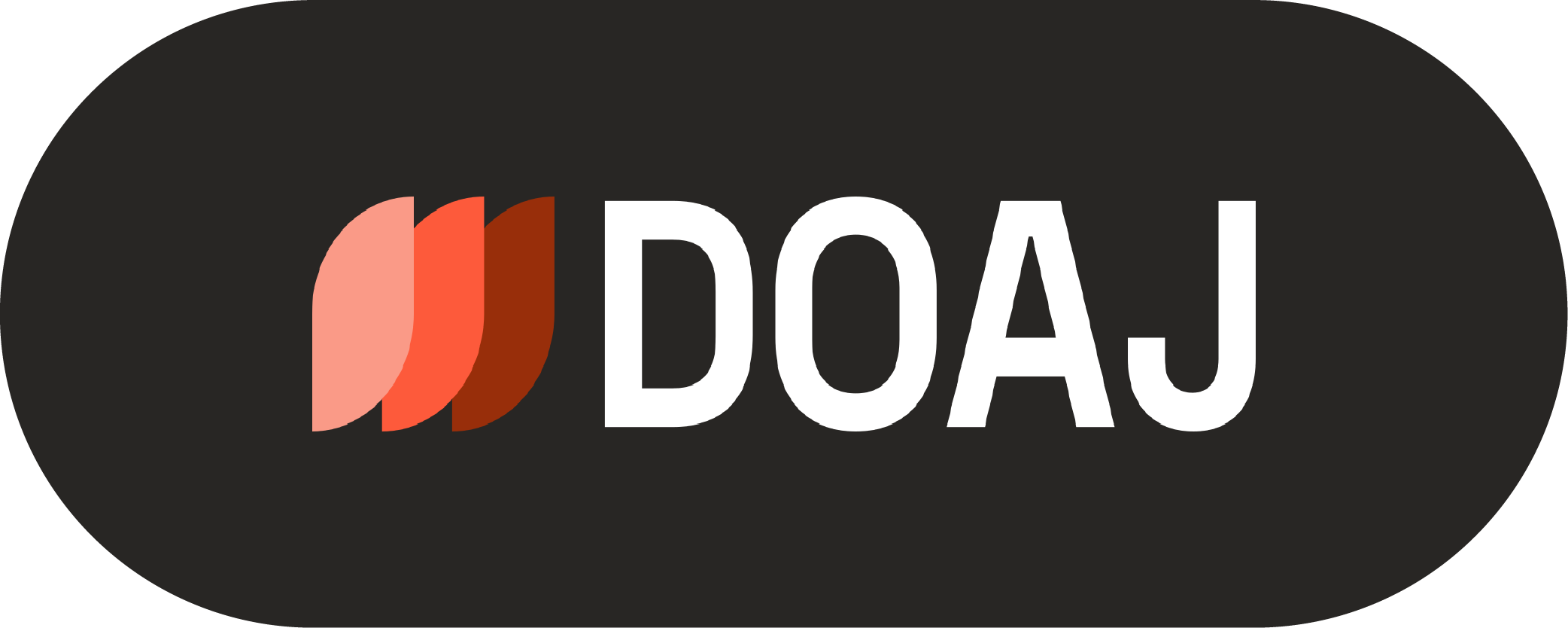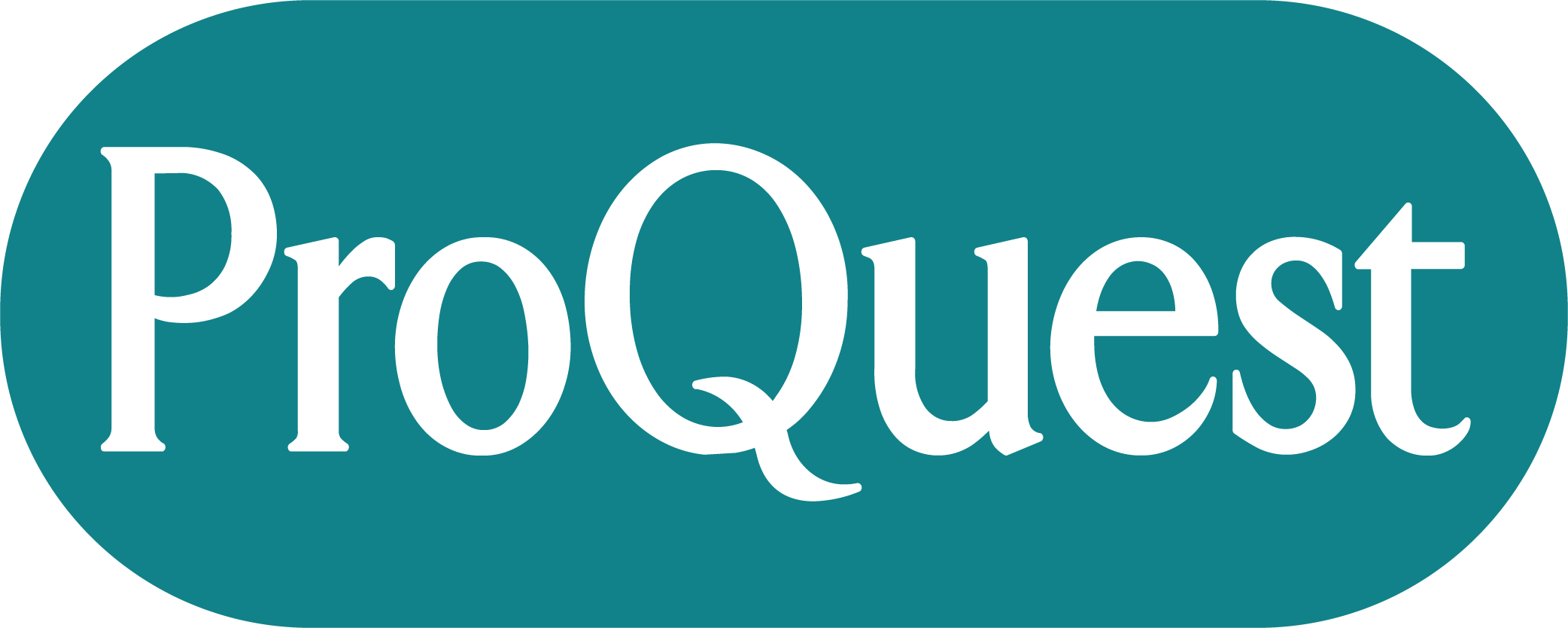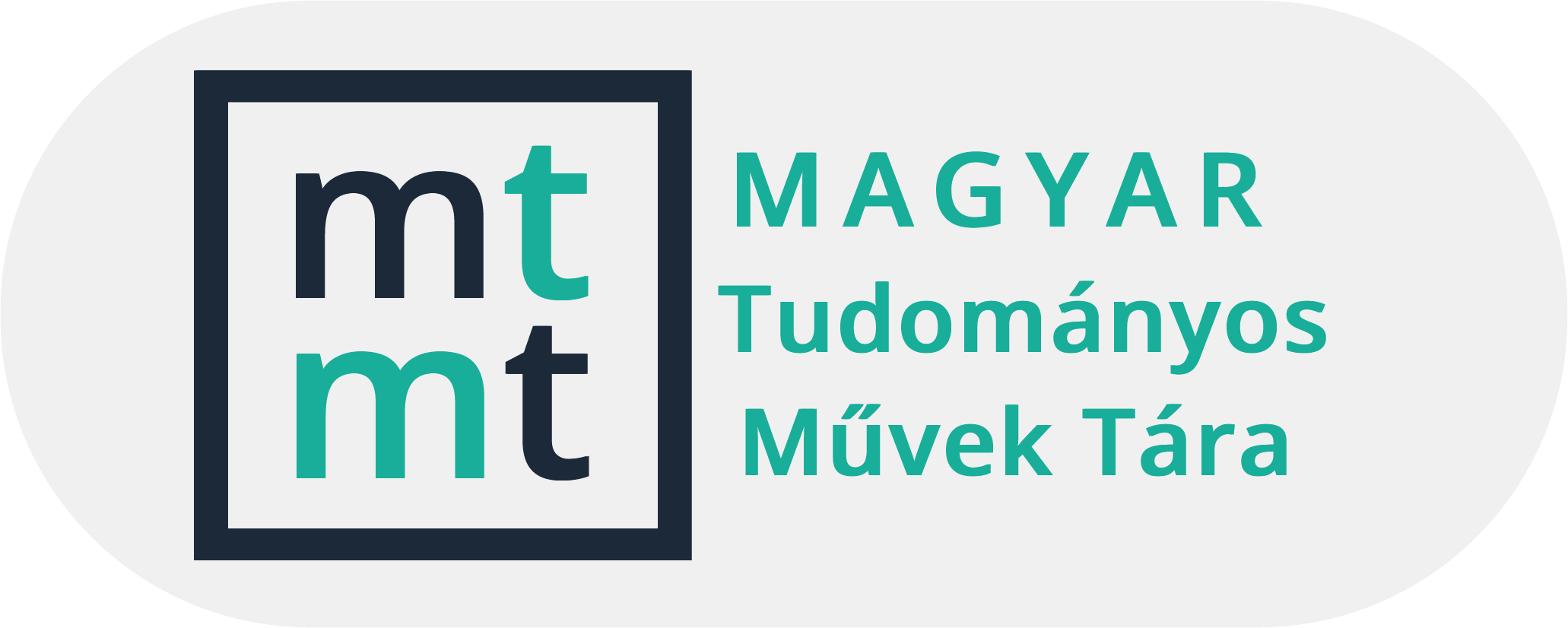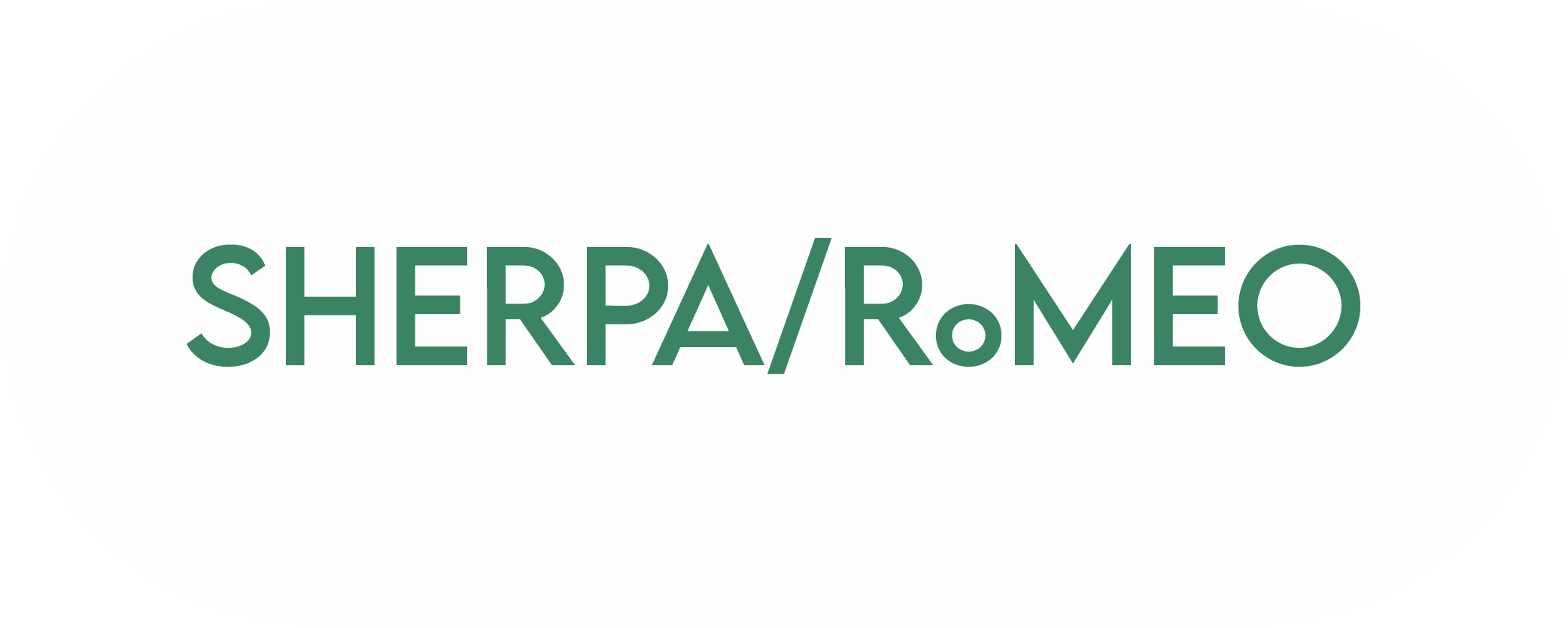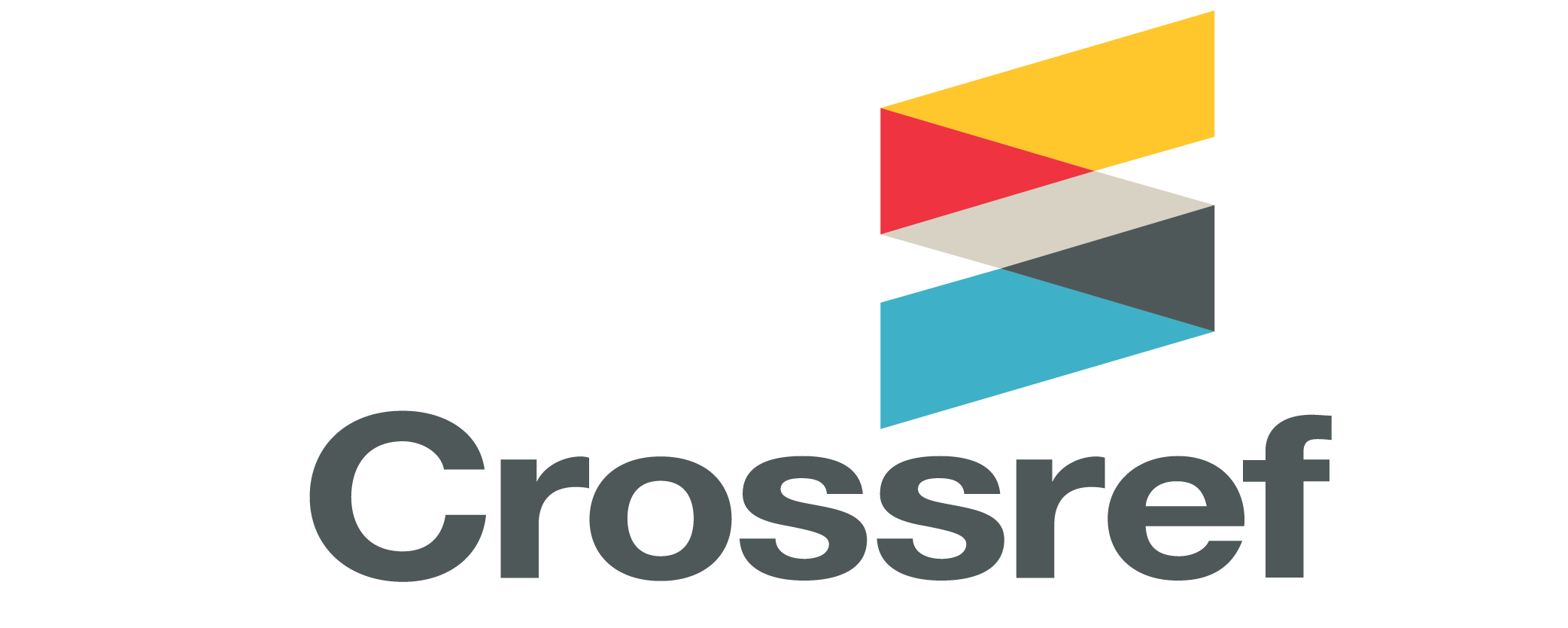Search
Search Results
-
Some problems of solving linear equation with fractions
339-351Views:100The aim of this paper is to offer some possible ways of solving linear equations, using manipulative tools, in which the "−" sign is found in front of an algebraic fraction which has a binomial as a numerator. It is used at 8th grade. -
Zoltán Szvetits (1929-2014): legendary teacher, Zoltán Szvetits passed away
287-288Views:60The legendary mathematics teacher of Secondary School Fazekas in Debrecen, Zoltán Szvetits passed away on 5th November 2014, at the age of 84. Beginning in 1954 he had been teaching here almost forty years. His pupils and the society of teachers have lost an outstanding teacher character. This secondary school has been well known for decades about its special mathematics class with 10 math lessons a week. This special class was designed and established by Zoltán Szvetits. -
From iteration to one - dimensional discrete dynamical systems using CAS
271-296Views:77In our paper we present the basic didactical framework and approaches of a course on one-dimensional discrete dynamical systems made with the help of Computer Algebra Systems (CAS) for students familiar with the fundamentals of calculus. First we review some didactical principles of teaching mathematics in general and write about the advantages of the modularization for CAS in referring to the constructivistic view of learning. Then we deal with our own development, a CAS-based collection of programs for teaching Newton's method for the calculation of roots of a real function. Included is the discussion of domains of attraction and chaotic behaviour of the iterations. We summarize our teaching experiences using CAS. -
Würfel und Augensummen – ein unmögliches Paar
71-88Views:127It is well known that the values 2, 3, ..., 12 of the sum of eyes that appear when throwing two regular dice are not equally distributed. It can also be shown that no matter how the dice are falsified (or if only one of them is being manipulated) they can never reach the same probability concerning the sum of eyes ([8], 91 et seq.). This discovery can be generalized for n ≥ 2 dice. Various results of algebra and (real) calculus are used, so that a connection between two different mathematical fields can be realized. Such a connection is typical and often provides a large contribution for mathematics (because it frequently leads to a successful attempt of solving a special problem) and therefore examples of this sort should also be included in the mathematical education at schools as well as in the student teachers' university curriculum for the study of mathematics. -
Mathematics in Good Will Hunting I: the mathematicians in Good Will Hunting
375-388Views:134This is the first part of a three paper long series exploring the role of mathematicians and of the mathematical content occurring in popular media. In particular, we analyze the movie Good Will Hunting. In the present paper we investigate stereotypes about mathematicians living in the society and appearing in Good Will Hunting. -
Herschel's heritage and today's technology integration: a postulated parallel
419-430Views:102During the early 20th century, advocacy of a range of mathematical technologies played a central part in movements for the reform of mathematical education which emphasised ‘practical mathematics' and the ‘mathematical laboratory'. However, as these movements faltered, few of the associated technologies were able to gain and maintain a place in school mathematics. One conspicuous exception was a technology, originally championed by the mathematician Herschel, which successfully permeated the school mathematics curriculum because of its:
• Disciplinary congruence with influential contemporary trends in mathematics.
• External currency in wider mathematical practice beyond the school.
• Adoptive facility of incorporation in classroom practice and curricular activity.
• Educational advantage of perceived benefits outweighing costs and concerns.
An analogous perspective is applied to the situation of new technologies in school mathematics in the early 21st century. At a general level, the cases of calculators and computers are contrasted. At a more specific level, the educational prospects of CAS and DGS are assessed. -
On two long lasting delusions in the history of equations
147-158Views:98Almost everybody was thought, that the 9th century Moshlem mathematician al-Khwarismi was the inventor of two powerful methods – called by him as al-jabr and al-muqabala – in solving quadratic equations. The second belief is that between Leonardo's Liber abaci and Luca Pacioli's Summa... happened nothing interesting in algebra. We will show that both beliefs are false by giving examples from the antiquity and analyzing Mediaeval Italian manuscripits. -
Blind versus wise use of CAS
407-417Views:147During my courses for mathematics major students I often use technology linked to the arising problems. In such cases I noted that some students were used to learn just some procedures, which made them able to solve (partially) some problems and when they got the result, they accepted it passively and did not relate it to the initial problem.
In this paper I outline a strategy and investigate some simple exercises about how to develop a critical attitude towards the results obtained by technology in an introductory course to CAS.
I believe that wise use of technology offers an effective method in teaching mathematics, without reducing the students' mental contribution. -
Process or object? Ways of solving mathematical problems using CAS
117-132Views:64Graphing and symbol manipulating calculators are now a part of mathematics education in many countries. In Norway symbol manipulating calculators have been used at various exams in upper secondary education. An important finding in mathematics education is the duality of mathematical entities – processes and objects. Building on the theoretical development by Anna Sfard and others, the students' solutions on exam problems in upper secondary education are discussed with reference to procedural and structural knowledge. -
WMI2: interactive mathematics on the web
393-405Views:101After 5 years of experiments and feedback we decided to continue the software development on WebMathematics Interactive, a web-based e-learning tool, rewriting it from scratch. The demonstration version of WebMathematics Interactive 2 (WMI2) has been shown to the expert audience on the CADGME conference. In this article we summarize the development goals and results. -
Group Work at High School According to the Method of Tamás Varga
167-176Views:178The aim of our research is to develop students’ logical thinking. For this reason, Hungarian mathematics teachers need to be encouraged to try new methods which induce greater student involvement. Research all over the world prove that self-instruction or self-verbalizing has high effect on the learning process. This was one of the key elements of Tamás Varga’s experiment in high school. In our classroom experiments we are using a special cooperative method from Kagan among 14-18 years old students, called Sage and Scribe structure. We are looking for the answers to the following question: Does this method make mathematics lessons more enjoyable and more comfortable for students? Furthermore, we assume this structure could open the gate toward other collaborative and cooperative teaching technics.
Subject Classification: 97D40
-
Illustrated analysis of Rule of Four using Maple
383-404Views:98Rule of Four, as a basic didactic principle, was formulated among the NCTM 2000 standards (see [14]) and since then it is quoted by numerous books and publications (see [4], [9], [12]). Practically we can say it is accepted by the community of didactic experts. The usage of the Rule of Four, however, has been realized mainly in the field of calculus, in fact certain authors restrict the wording of the principle to the calculus itself (e.g. [3]).
Calculus is a pleasant field, indeed. A sequence of values of a function provides us with example for numeric representation, while the formula and the graph of the function illustrate symbolic and graphical representations, respectively. In the end by wording the basic features of the function on natural language we gain textual representation.
This idyllic scene, however, becomes more complex when we leave the frame of calculus. In this paper we investigate the consequences of the usage of Rule of Four outside calculus. We discuss the different types of representations and show several examples which make the multiple features of representation evident. The examples are from different fields of mathematics and are created by the computer algebra system Maple, which turns out to be an excellent tool for illustration and visualization of the maim features of mathematical objects.
Next we introduce the concept of basic representation and rational representation, which is considered as the mathematical notion of "didactic usable" or "didactic rational" representation. In the end we generalize the notion of numeric representation, which leads us a more widely usable didactic principle which can be considered as a generalization of Rule of Four. -
Forming the concept of parameter with examples of problem solving
201-215Views:108Pupils are encountering difficulties with learning algebra. In order for them to understand algebraic concepts, particularly the concept of parameter it was decided by the teacher of mathematics and Information Technology to integrate the teaching of these two subjects. The aim of this study is to investigate whether, and to what degree, software can be useful in process of forming the concept of parameter. This longitudinal study was conducted in a junior high school (13-16 year old children) using different computer programs. -
Experiences using CAS and multimedia int teaching vectorcalculus
363-382Views:70The development of informatics brings new opportunities that need reevaluating of the teaching concepts. For this reason we have performed a comprehensive educational development for engineering students. Our main goals were to work out a new educational strategy, to develop the needed package of the subject material, to introduce the strategy in the practice, to analyze and evaluate the experiences. In the developed and adapted teaching-learning strategy the teacher is the organizer, designer and the manager of the process. In this paper we summarize the concepts, the results and experiences of the 3-years-long development. -
On four-dimensional crystallographic groups
391-404Views:99In his paper [12] S. S. Ryshkov gave the group of integral automorphisms of some quadratic forms (according to Dade [6]). These groups can be considered as maximal point groups of some four-dimensional translation lattices in E^4. The maximal reflection group of each point group, its fundamental domain, then the reflection group in the whole symmetry group of the lattice and its fundamental domain will be discussed. This program will be carried out first on group T. G. Maxwell [9] raised the question whether group T was a reflection group. He conjectured that it was not. We proved that he had been right. We shall answer this question for other groups as well. Finally we shall give the location of the considered groups in the tables of monograph [4]. We hope that our elementary method will be useful in studying linear algebra and analytic geometry. Futhermore, 4-dimensional geometry with some visualisation helps in better understanding important concepts in higher-dimensional mathematics, in general.
